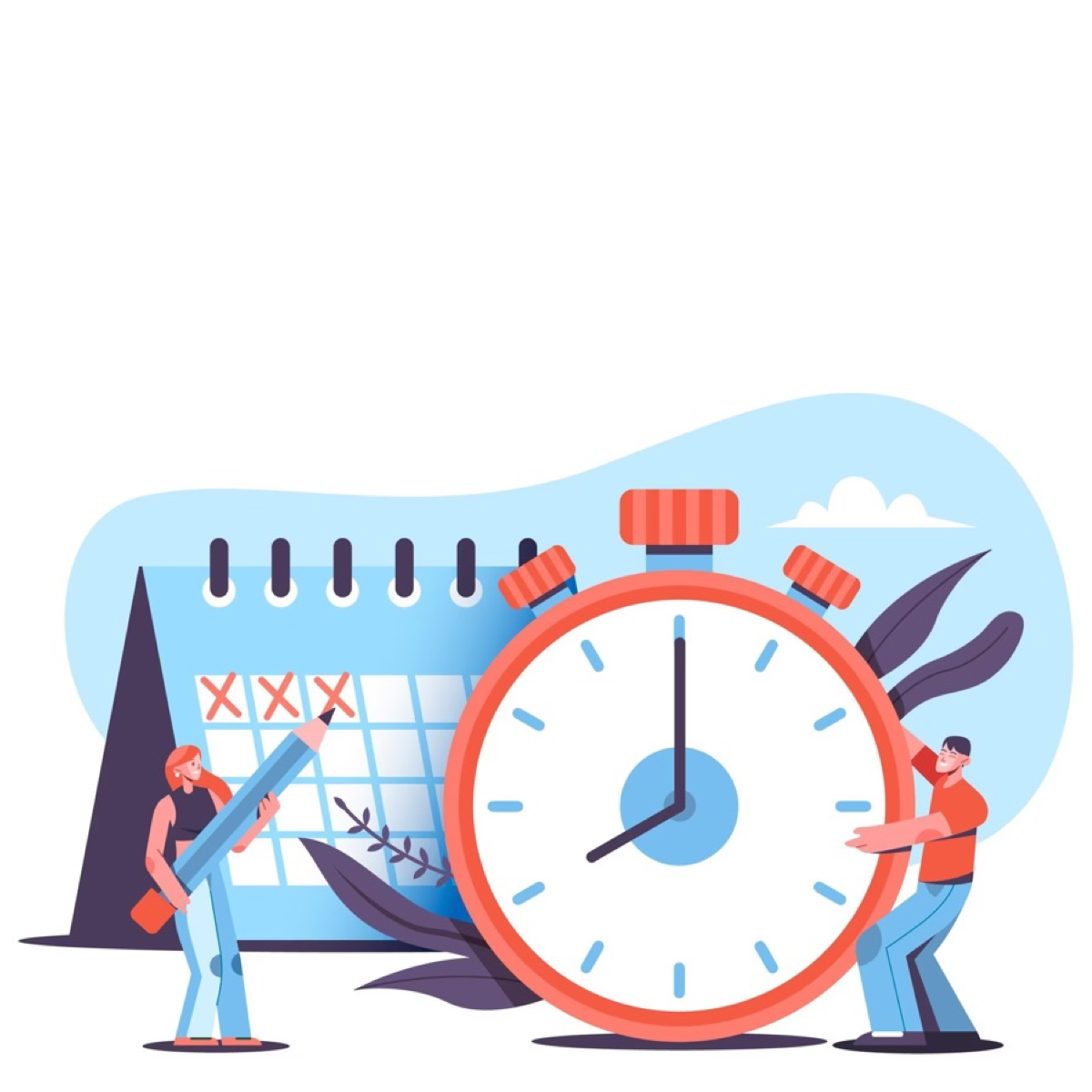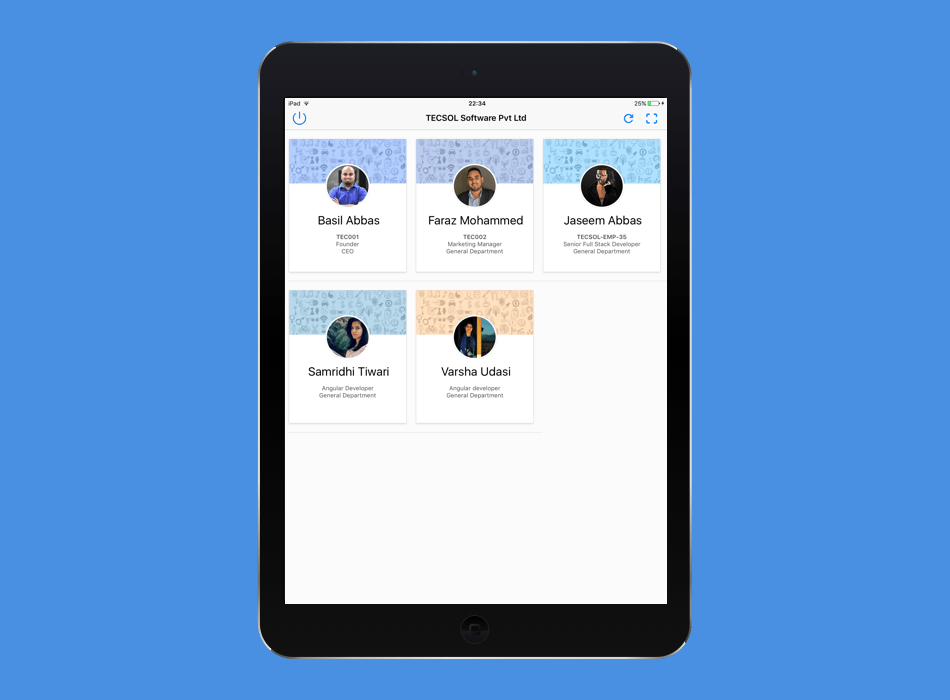
25 Jul Clocking In App
What is a clocking in app?
A “clocking in app” is a type of software or application that is typically used to record the time when an employee starts and ends their workday, essentially “clocking in” and “clocking out”. This type of app often replaces traditional time clocks, manual time sheets, and other time-tracking methods.
Most of these apps also provide a range of additional features beyond basic time tracking. These can include:
GPS Tracking:
Some clocking in apps offer GPS tracking functionality. This allows businesses to verify the location of their employees when they clock in or out, which can be useful for companies with remote or mobile workforces.
Project Tracking:
Many clocking in apps can also track the time that employees spend on individual tasks or projects. This can help companies to better understand how their resources are being used, and to improve efficiency and productivity.
Breaks and Overtime:
These apps can also automatically calculate breaks and overtime, ensuring that employees are paid accurately for the time they have worked.
Integration with Payroll Systems:
Many clocking in apps can integrate with payroll systems, making it easier to ensure that employees are paid accurately and on time.
Reporting and Analytics:
These apps typically also offer a range of reporting and analytics tools, helping businesses to analyze employee attendance, punctuality, productivity, and more.
By providing these features, clocking in apps can help to streamline the time-tracking process, reduce errors, improve compliance, and enhance overall business efficiency and productivity.
Types of clocking in app
Several devices can be used for clocking in and out in a business environment. Here are some typical ones:
Traditional Punch Clocks:
These are the oldest type of clocking in device. They use a paper time card that employees insert into the device. The device then stamps the time and date onto the card.
Digital Time Clocks:
A modern version of the punch clock, digital time clocks allow employees to clock in and out by entering a code, swiping a card, or sometimes even by using biometric data such as fingerprints.
Proximity Cards and Key Fobs:
These devices use radio-frequency identification (RFID) or a similar technology. When the card or key fob is brought close to the reader, the reader detects it and records the employee’s clock-in or clock-out time.
Biometric Time Clocks:
These time clocks use unique biological characteristics to identify employees. This can include fingerprints, handprints, retina scans, or facial recognition. Because they require a physical characteristic, biometric time clocks can help to prevent “buddy punching”, where one employee clocks in or out for another.
Mobile Apps:
As more work becomes remote or flexible, many businesses have started using mobile apps like ClockIt for clocking in and out. These apps can use GPS to confirm that an employee is at a specific location when they clock in or out.
Computer or Web-based Systems:
These systems allow employees to clock in and out directly from their computers. Like mobile apps, they can be used from any location, making them ideal for remote work.
Each type of device has its own advantages and disadvantages, and the best choice will depend on the specific needs and circumstances of the business. For example, a construction company might prefer a mobile app that can be used at different sites, while a small office might be perfectly served by a simple digital time clock.
Advantages of clocking in app time clocks.
Time clocks, whether traditional or digital, offer a number of advantages in the workplace:
Accurate Time Tracking:
Time clocks provide an objective record of when employees start and end their work. This helps to ensure that employees are paid accurately for the time they have worked and can help to prevent disputes over pay.
Prevents Time Theft:
Time clocks can help to prevent time theft, which is when employees get paid for time they didn’t actually work. This can happen in various ways, such as taking long breaks without clocking out, or “buddy punching”, where one employee clocks in or out for another.
Saves Time:
With a time clock, there’s no need to manually track and calculate employee work hours. This can save a significant amount of time, especially for larger businesses.
Easy to Use:
Time clocks are typically straightforward to use. Employees simply need to clock in when they arrive and clock out when they leave.
Creates a Culture of Accountability:
A time clock creates a culture of accountability and punctuality, as employees know that their arrival and departure times are being recorded.
Compliance with Labor Laws:
Many jurisdictions have laws governing overtime, breaks, and other aspects of work time. Time clocks can help businesses to stay compliant with these laws by providing an accurate record of work hours.
Data for Analysis:
The data gathered by a time clock can be used for various analyses, such as understanding staffing needs, productivity, and patterns in employee attendance. This can support decision-making and planning in the business.
Integration with Other Systems:
Many modern time clocks can integrate with other systems, such as payroll or human resources management systems. This can further streamline administrative processes.
While time clocks have these and other advantages, it’s also worth noting that they may not be the best solution for every situation. For example, they may be less effective for remote work, and some employees may find them overly invasive or rigid. As with any business tool, it’s important to consider the specific needs and context of the business when deciding whether to use a time clock.
What are the disadvantages of clocking in clocking out apps?
While clocking in and clocking out apps can bring significant benefits to businesses, especially those with remote or flexible work arrangements, there are also potential drawbacks to consider:
Technical Issues:
Dependence on technology means that technical issues can disrupt time tracking. If an app crashes or a device’s battery dies, it can prevent employees from clocking in or out.
Internet Dependency:
Many of these apps require an internet connection to function. If an employee is in an area with poor or no internet connectivity, they might not be able to clock in or out accurately.
Privacy Concerns:
Some apps track location data or other sensitive information, which can raise privacy concerns. Employers need to make sure they are compliant with privacy laws and regulations.
Potential for Abuse:
While apps can prevent some forms of time theft, they can also open up new possibilities. For example, an employee could clock in from home before they actually start working.
Learning Curve:
There may be a learning curve associated with adopting a new app, especially for employees who are not tech-savvy. This can lead to initial resistance or misuse of the system.
Cost:
Depending on the app and the number of users, there can be significant costs associated with licensing, setup, maintenance, and support.
Integration Issues:
Not all apps will integrate seamlessly with existing payroll or HR systems, which could complicate the management of employee data.
Inconsistency:
If employees are working from different devices or operating systems, there can be inconsistencies or compatibility issues with the app.
Despite these potential drawbacks, many businesses find that the benefits of clocking in and out apps outweigh the challenges, especially with the increase in remote and flexible work arrangements. It’s important to carefully consider the needs and circumstances of your business when deciding whether to use such an app.

